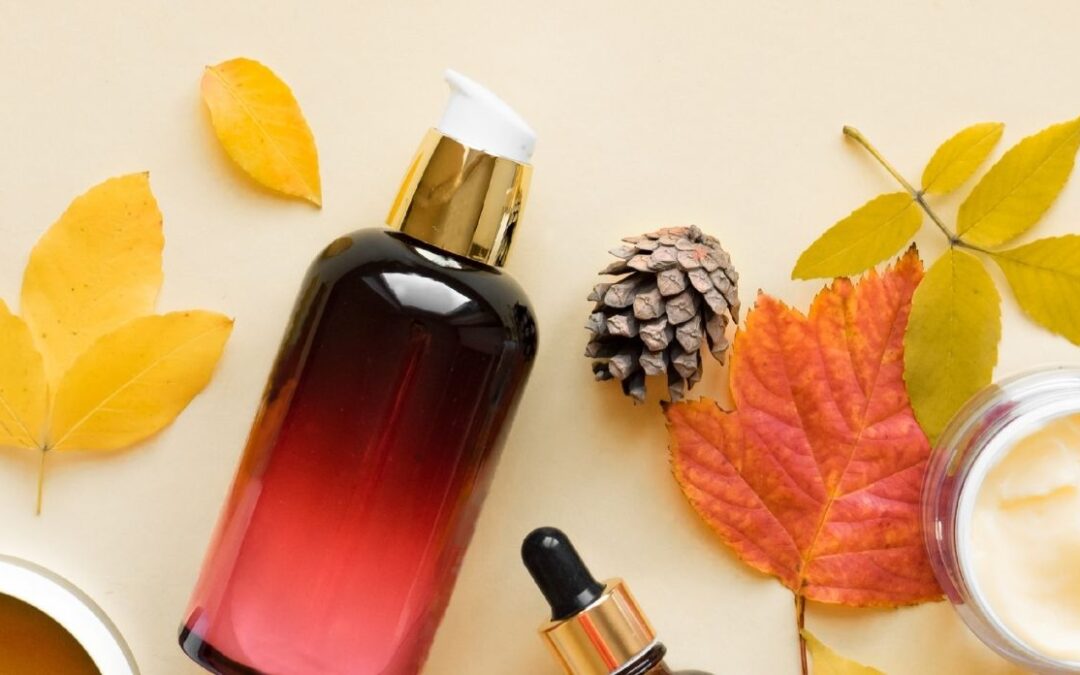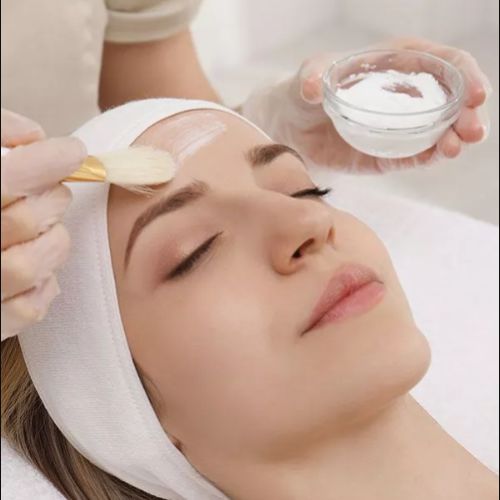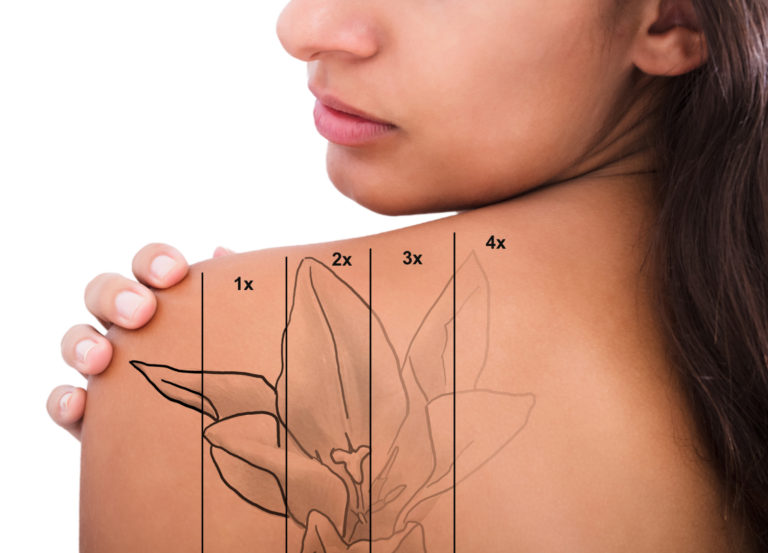What’s in a label?

Skin care and beauty products is an enormous industry so it’s difficult to navigate your way around the various products and ingredients and whether they will work for you and your skin. In a recent survey I conducted on Instagram, most respondents (84%) knew that products from skin clinics were superior, but the remainder of results showed that amongst all the information out there, what we really should know before making a product investment is not readily available to us. So, I’ve put together this short blog to help you understand how you can make the right choices about your next skin care product purchase.
Firstly, and most importantly, you should know how to read the label! 70% of people surveyed thought the most active ingredients were listed on the label first. This is incorrect. Cosmetic ingredients are listed in order of their concentrations, that is, the ingredients in order of percentage with the highest first. There are two exceptions to this, the first being any ingredient that makes up less than 1% of the formula can be listed in any order the manufacturer likes and the other is colorants, which must come last.
So essentially, the first five or six ingredients make up the bulk of the formula and these are typically ingredients that have limited or no effect on the skin but go into the making of the product such as water, emulsifiers, emollients, thickeners, fragrances and preservatives. If you’re not sure of what an ingredient does, look it up! There are plenty of great resources available on the web to help you decode the ingredients list!
And then there is the part about knowing the effectiveness of the key ingredients. Some ingredients work better at a lower concentration rate such as retinol, niacinamide and salicylic acid so just because it is listed at the end doesn’t mean it is not useful. Sometimes less is more when it comes to skin care and more expensive is NOT always better. Have a read – you might be surprised to learn that your extremely expensive products contain not much more than common product fillers.
Knowing what‘s in the products you are putting on your skin is a good idea, not only because it will help you determine whether its price is value for money but also to understand what it is doing for and to your skin.
Which is a nice lead into the next survey response. 50% of respondents agreed that skin care products should make a biological change to your skin. This is correct but where it remains confusing, particularly if you are not noticing any change to your skin at all is how do I know if my product is a cosmetic product (to make my skin look nice) or a cosmeceutical product (sometimes known as medical grade) that contains enough active ingredients that have actual, biological effects on the skin. Your best course of action is to ask your esthetician. Typically, high grade cosmeceutical products can’t be bought over the counter at regular retail outlets and are only available through your skin care specialist. This is because the concentrations of active ingredients in over-the-counter products are often still lower than those found in a clinic, and the two main reasons for this are higher doses of active ingredients may cause side effects such as redness and skin irritation, which isn’t good for sales and marketing if word gets around and secondly, higher levels of active ingredients may give rise to moving the product from an over the counter skin cream cosmetic to being treated as a medical drug and this comes with an associated increase in the amount of legislation and approval in in order to be able to sell the product. It makes it more expensive for the manufactures and sellers, The good news is that most people surveyed (84%) know that products bought over the counter at retail stores are not the same as those bought at skin clinics.
One final word on the actual product you buy, which most respondents (66%) were not aware of. Your skin care products be in an airless pump bottle or packaging. Here’s a few reasons why.
1. Most ingredients in skincare products are not stable when exposed to air and will degrade due to oxidation from exposure to oxygen. So, the minute your product is opened it becomes exposed to air and will start to lose its efficacy immediately. Your skincare product will only do what it says it can do if it is protected from the air!
2. Exposure to heat and sunlight are also not good for skin care products as both increase the speed of decomposition. Fancy, shiny jars look lovely on your bathroom shelf but if the product is directly exposed to light it will also lose its effectiveness.
3. Think of the bacteria you’re putting in that jar every time your drop your finger in it! Using your fingers as a dispenser introduces bacteria directly into the product which will no doubt grow and reproduce – ewww gross!
Hopefully, you’ve learned a little more about skincare products through this blog and where might be a better place to invest your well-earned money. Still stuck? Give me a call or book Fifteen with Christine for a skin consultation to learn about the best products for your skin.






